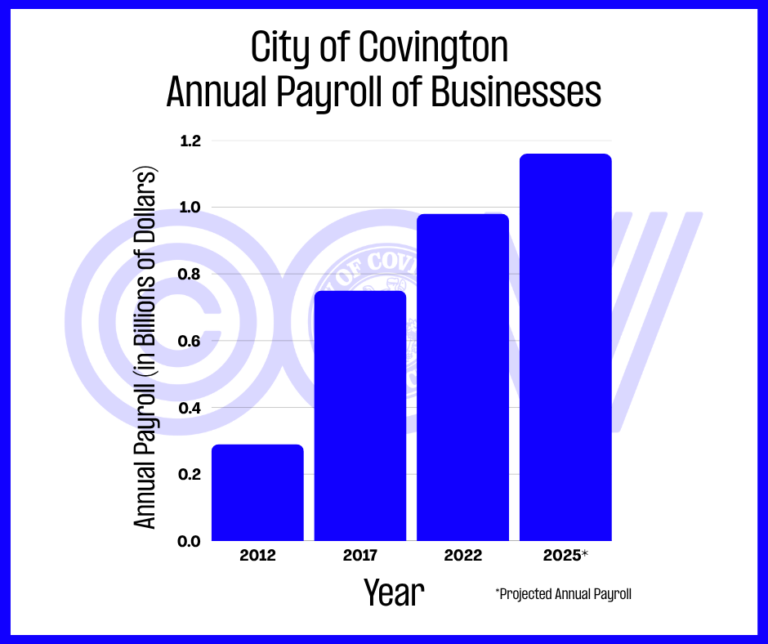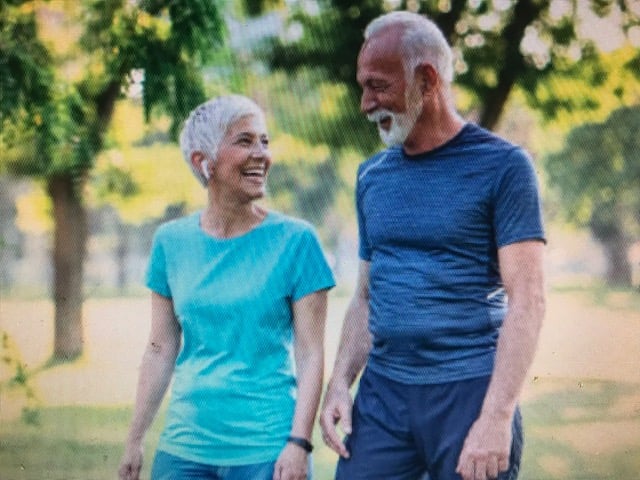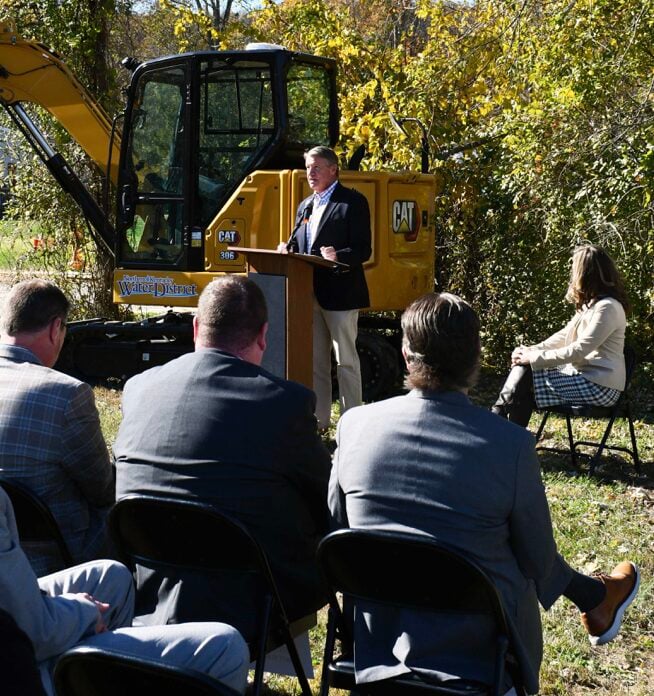
Too frequently vehicles crash into another grocery store, department store, convenient store, coffee shop, restaurant, post office, strip center, etc., needlessly injuring and sometimes killing unsuspecting shoppers and patrons who happen to be at the wrong place at the wrong time.
But what is so needless about these tragedies is that they all can have been easily prevented with protective barriers.
In the utopia state, architectural firms should be taking the lead and begin taking into account traffic patterns and parking demands when designing newly constructed buildings. Local officials should also look to set new safety code enforcement standards on all new construction at the very least, but they should also look to requiring business owners to better protect customers from storefront accident incidents.
Over the last few years the Storefront Safety Council (SSC) has been making small, incremental progress on helping to prevent vehicle-into-building crashes nationwide.
The effort has been long and expensive, but very rewarding and increasingly effective. Their mission is simple: “Working to end vehicle-into-building crashes.”
The SSC works to prevent vehicle-into-building crashes by promoting best practices, educating professionals and stakeholders, documenting effective risk reduction strategies and facilitating local, municipal and state legislation and ordinances.
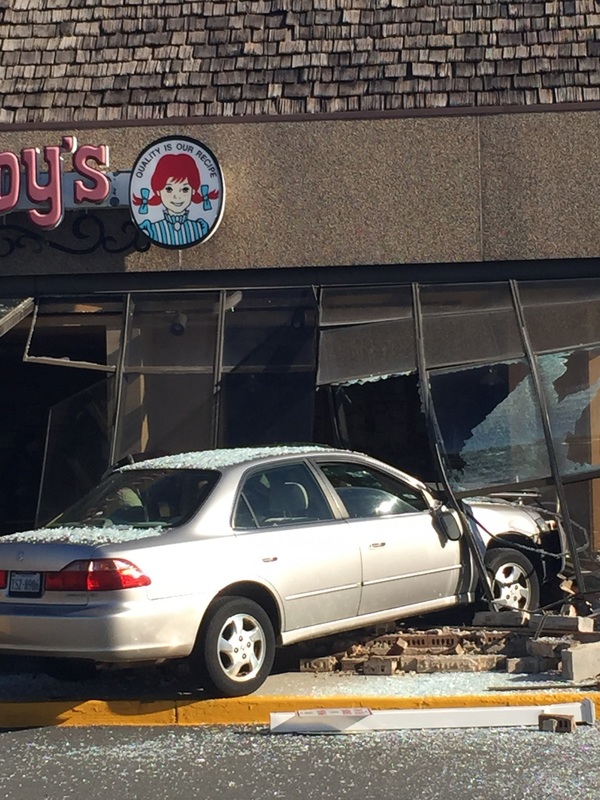
Co-Founder Rob Reiter, reached out to me immediately after I spotlighted this needless and very controllable hazard in an previous article, after a rash of several incidents occurred in Kentucky that included a Lexington hotel, multiple restaurants and commercial businesses.
Rob believes that “the next step (in SSC’s effort) is to help protect Americans where they live, work, play, shop, and eat. We recently launched a new Storefront Safety Initiative. The purpose of the Initiative is to speed the adoption of best practices by helping landowners, business owners, design professionals, public servants, and the public at large.”
With this new initiative Rob firmly believes “that by doing this, there will be faster and wider adoption of standards and faster voluntary adoption of protective design or protective barriers on the local, state, and national level. This will of course reduce the more than 4,000 severe injuries and as many as 500 fatalities that result from these foreseeable and mostly preventable crashes.”
The SSC is made up of volunteer professionals active in safety and security, architecture, risk management and engineering. They also have many participating organizations and firms that are experts in vehicle safety, parking lot design and management, and premises liability law.
One of the most important efforts undertaken by the SSC is the gathering and collecting and reporting of unique data on private property and public area access crashes involving commercial buildings, public buildings, public and private pedestrian paths of travel, pedestrian malls, transportation nodes, and many other areas where people work, play, shop and dine.
Their data shows that every year in the United States there are as many as 20,000 such crashes into stores, offices, bus stops, shopping centers, post offices, restaurants, and storefronts. More than 4,000 pedestrians, patrons and employees are severely injured each year, and tragically, preliminary data shows as many as 500 deaths result from the largely preventable accidents.
The SSC has compiled almost 10,000 incident reports, making it one of the most complete data sets on private property crashes outside of the insurance industry and government. The data has been cited and utilized by federal agencies. This effort began in 2012 and has been thus far self-funded.
In the nearly four years of its existence, the SSC has helped a number of state legislatures and local cities and counties in NY, CA, FL and MA to draft specific ordinances and legislation to protect the public and effect changes to building codes.
This effort continues and is growing momentum around the country. I firmly believe that this would be a great platform for newly elected local and state officials to mirror here in Kentucky.
In May 2016 the SSC launched the Storefront Safety Initiative (SSI).
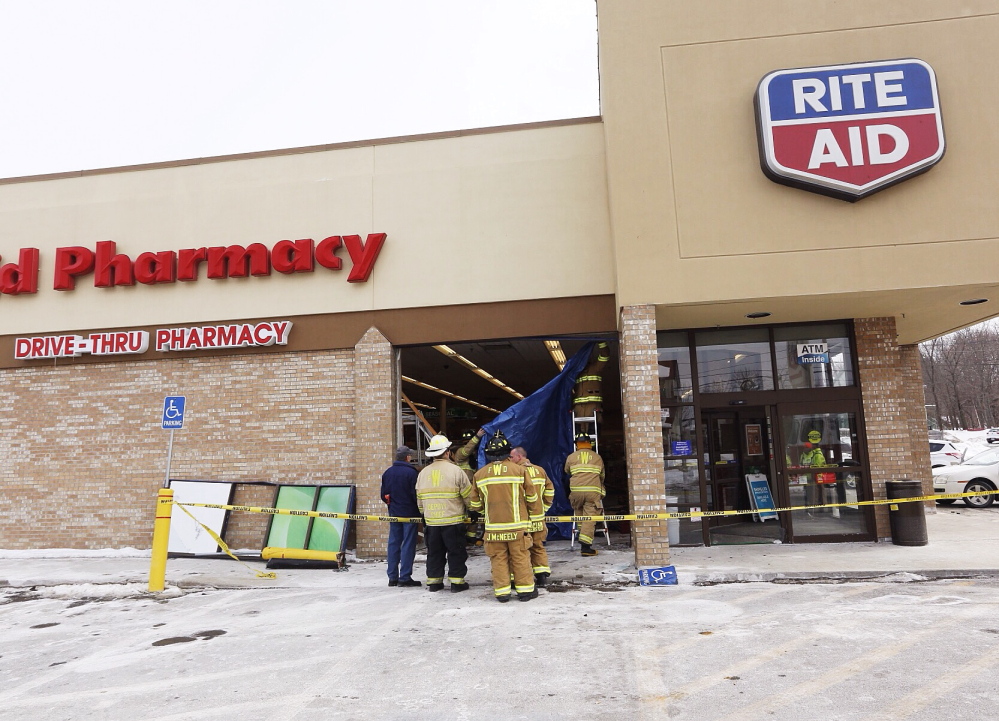
The objective of the SSI is to speed up the often too-slow process of changing building codes and standards all over the country by seeking to increase the participation of business owners, property owners, developers, design professionals, and public servants. They believe that implementation of common sense standards of care will help to prevent the substantial loss of life.
Service providers and vendors who wish to participate in the Storefront Safety Initiative or who desire to partner with the Storefront Safety Council will be accepted as participant only if they have been qualified by the Storefront Safety Council and have demonstrated an interest in solving the problem of vehicle-into-building crashes.
Participants will also have possess core competencies in the areas outlined above, and agreed to conform to the best practices and codes of conduct as set by various industry groups and as reviewed by the SSC.
As they have in the past SSC/SSI principles will be available for consultation, testimony before government bodies and certain industry seminars and presentations to help root out these senseless and preventable injuries and deaths.
Be Safe My Friends
Keven Moore works in risk management services. He has a bachelor’s degree from University of Kentucky, a master’s from Eastern Kentucky University and 25-plus years of experience in the safety and insurance profession. He lives in Lexington with his family and works out of both the Lexington and Northern Kentucky offices. Keven can be reached at kmoore@roeding.com.
See Keven Moore’s earlier NKyTribune column on Storefront Crashes.











